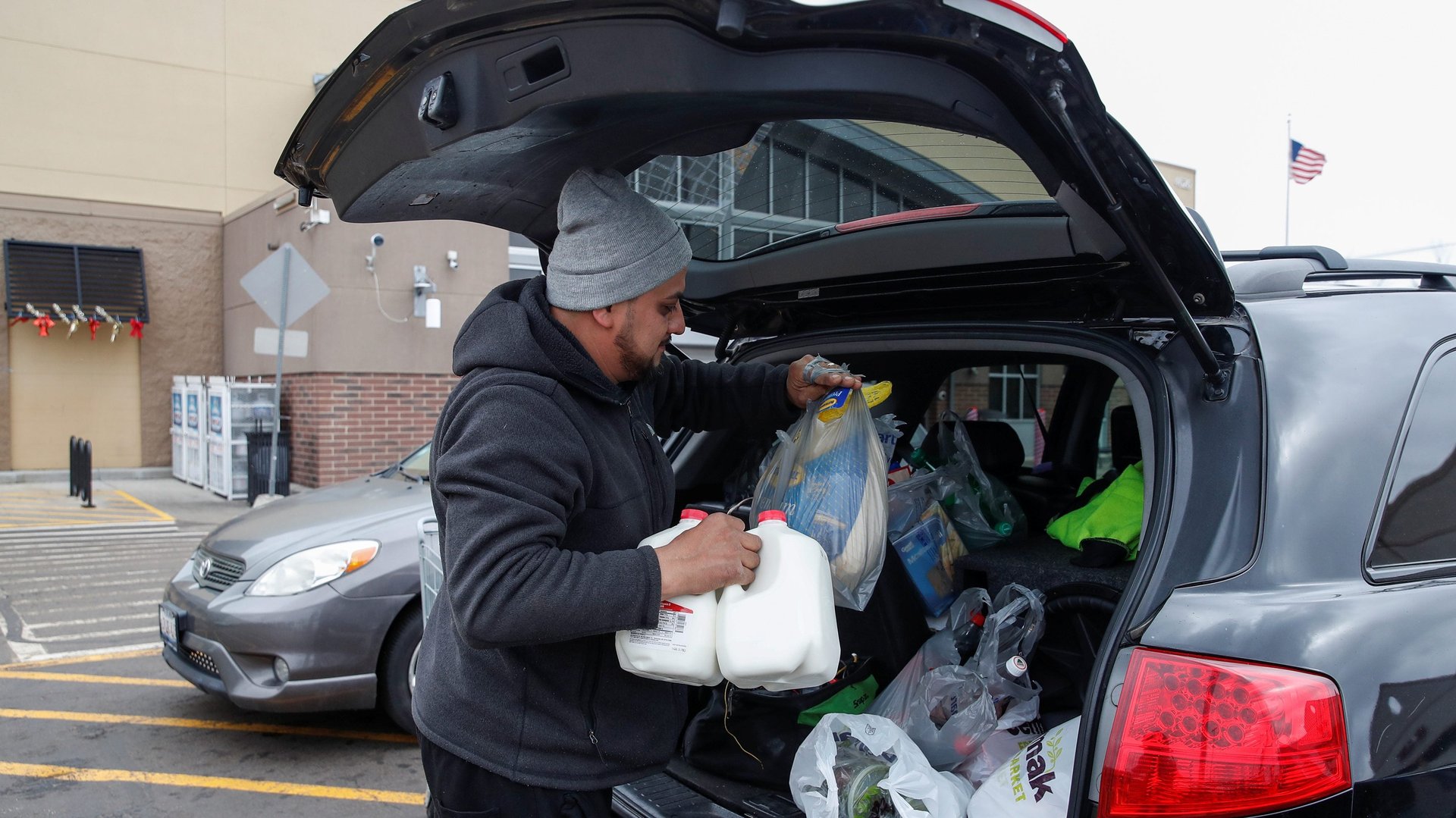How inflation is impacting Thanksgiving
Thanksgiving will be more expensive this year. The average price of a 16-pound turkey, the staple of the holiday meal, increased from $12.96 in January 2019 to $21.76 in September. Overall, in the US, consumer prices in October rose at its fastest pace since 1990, up 6.2% from last year, according to the US Bureau of Labor Statistics.


Thanksgiving will be more expensive this year. The average price of a 16-pound turkey, the staple of the holiday meal, increased from $12.96 in January 2019 to $21.76 in September. Overall, in the US, consumer prices in October rose at its fastest pace since 1990, up 6.2% from last year, according to the US Bureau of Labor Statistics.
The high prices are affecting holiday shopping habits.
Almost three quarters of US shoppers plan on changing their Thanksgiving grocery shopping behavior due to rising prices, according to a recent survey of 900 adults from KPMG. Within that share, 28% intend to spend more time searching for bargains, and 23% aim to buy cheaper brands. Anticipating product shortages, 35% plan on purchasing products ahead of time to reduce the risk of not getting the item they want.
The holidays will be more expensive this year
Inflation is playing out in other ways. Gas prices climbed 6.1% in October and will make traveling more expensive since more Americans are looking to gather for Thanksgiving this year after being cooped up last year.
Shoppers may also move from higher-end retailers to discount retailers, says Matt Kramer, KPMG’s consumer and retail leader. People are willing to wait until prices for groceries are discounted come out, he says. Recently, discount grocery store Aldi said it was lowering prices on several traditional Thanksgiving items—including a Butterball turkey, pumpkin pie, and sweet potatoes—making it possible for shoppers to buy enough food for a holiday meal for up to 10 people for under $30.
Costs are going to be passed on to consumers as much as possible, says Kevin Bergquist, a Wells Fargo food and agribusiness consultant. But there hasn’t been much backlash yet, he adds. “People haven’t really factored in what inflation is going to mean to them,” he says. “But it’s going to be something that’s going to be a little bit uncomfortable.”
The higher prices are more likely to hurt lower-income families. The lowest-income household tend to spend a third of their income on food, versus the highest fifth, which spends 7% of their income on meals, according to data from the US Department of Agriculture.
With people looking to get their shopping in earlier, analysts say here will be some shortages of the most sought-after gifts and food during the holidays, due to supply chain constraints combined with strong demand. After more than a year of facing shortages, it’s something shoppers are quite familiar with by now. “The mentality now is that ‘if you’re not early, you’re late’ when it comes to holiday shopping,” a Wells Fargo report on holiday shopping noted.